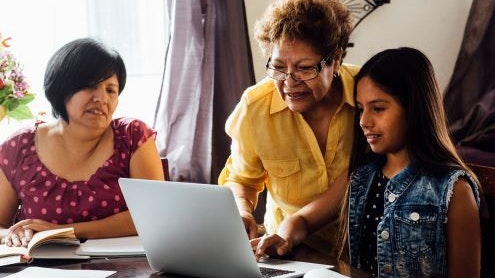Homepage
•
Learning Library
•
Blog
•
10 Strategies for Online Learning
Expand breadcrumbs
Expand breadcrumbs
- Learning Library
- Blog
- 10 Strategies for Online Learning
- Homepage
- •
- Learning Library
- •
- Blog
- •
- 10 Strategies for Online Learning
10 Strategies for Online Learning
By Diana Fingal
March 16, 2020








